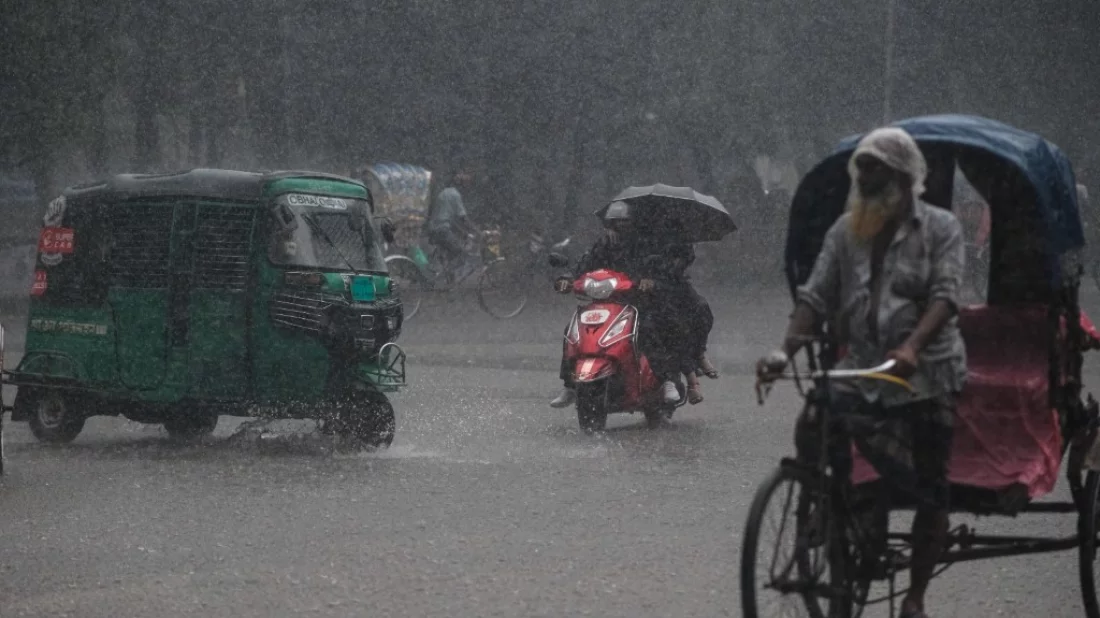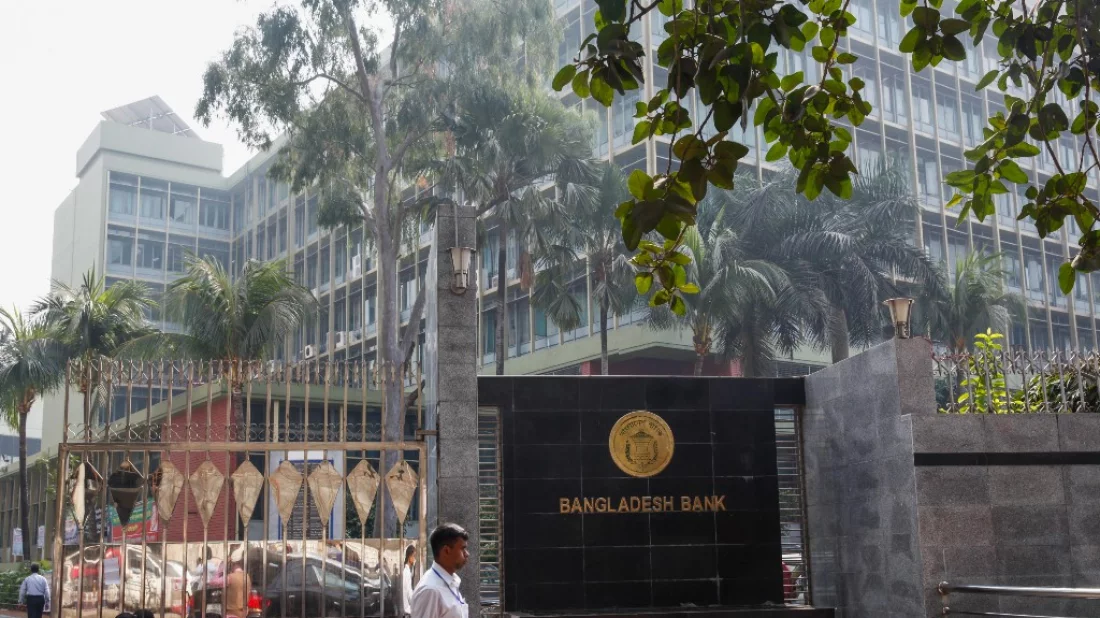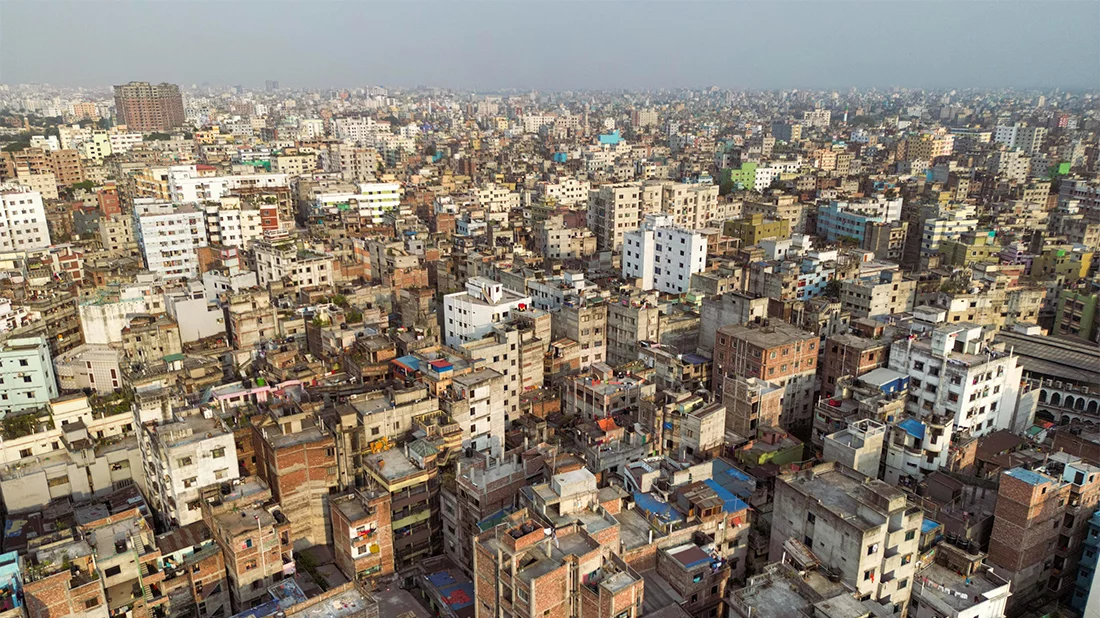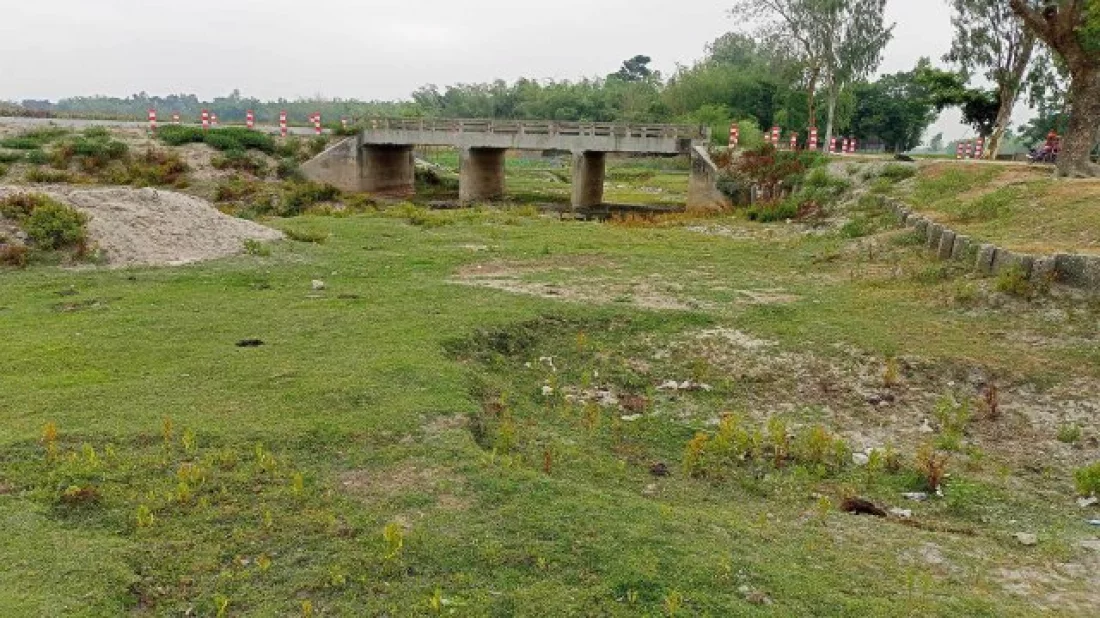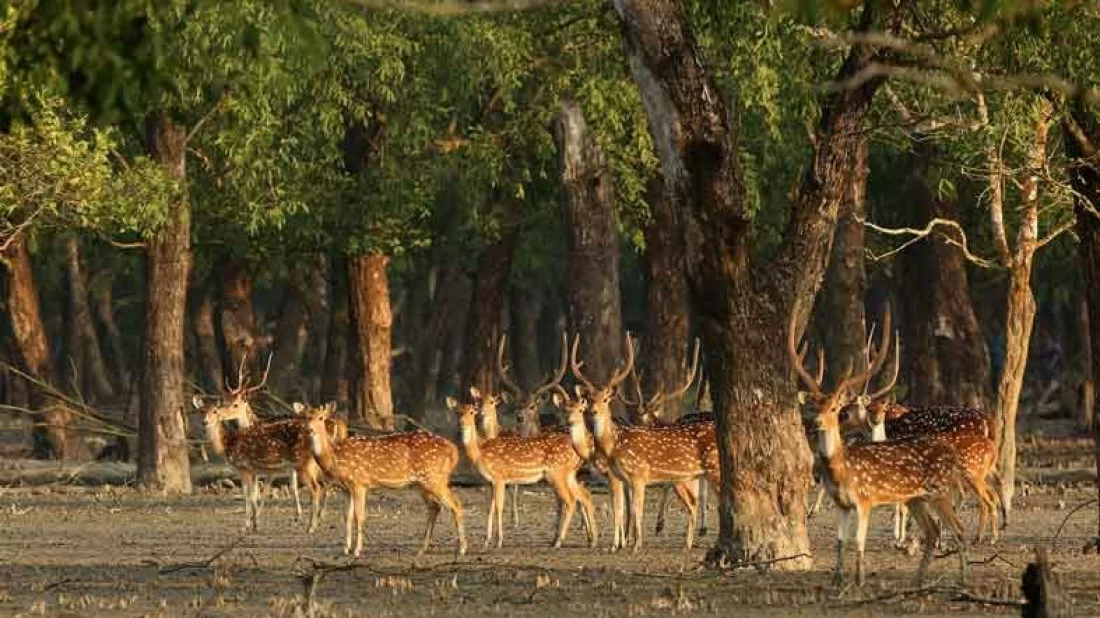
The sheer devastation wreaked by Cyclone Remal on the Sundarbans is near incalculable as experts fear it might take upwards of four decades to recover from the impact the cyclone has had on its biodiversity.
The Sundarbans is one of Bangladesh’s most iconic sites as it does a lot to minimize the severity of natural disasters such as cyclones. But the forest itself is often at the receiving end of the damage, with Remal itself resulting in forests covering 11km getting badly damaged, far too many carcasses of animals and their habitats becoming inundated if not washed away completely -- it is estimated that the damage caused by Remal is three times more than what Amphan had resulted in four years ago.
Despite its classification as a “World Heritage in danger,” the government’s lack of proper care towards the Sundarbans is especially worrying. Setting aside the damage caused by natural events, the Sundarbans has also seen numerous man-made disasters dealing a severe blow to its ecology and environmental integrity -- earlier this month we saw a fire erupt in the Amurbunia area of the Sundarbans, while the images that came from an oil spill almost a decade ago still haunt the nation’s collective conscience.
At present there are hundreds of industrial projects around the Sundarbans which threaten to destabilize the area. While we understand that Bangladesh is still a country in development, that development should never come at the cost of our natural bounty.
The government needs to invest all the time and energy it can afford in making sure that the impacts of natural calamities on the Sundarbans are minimized, and most certainly ensure that man-made disasters are completely put to a stop.
There is still time for us to save the Sundarbans.




